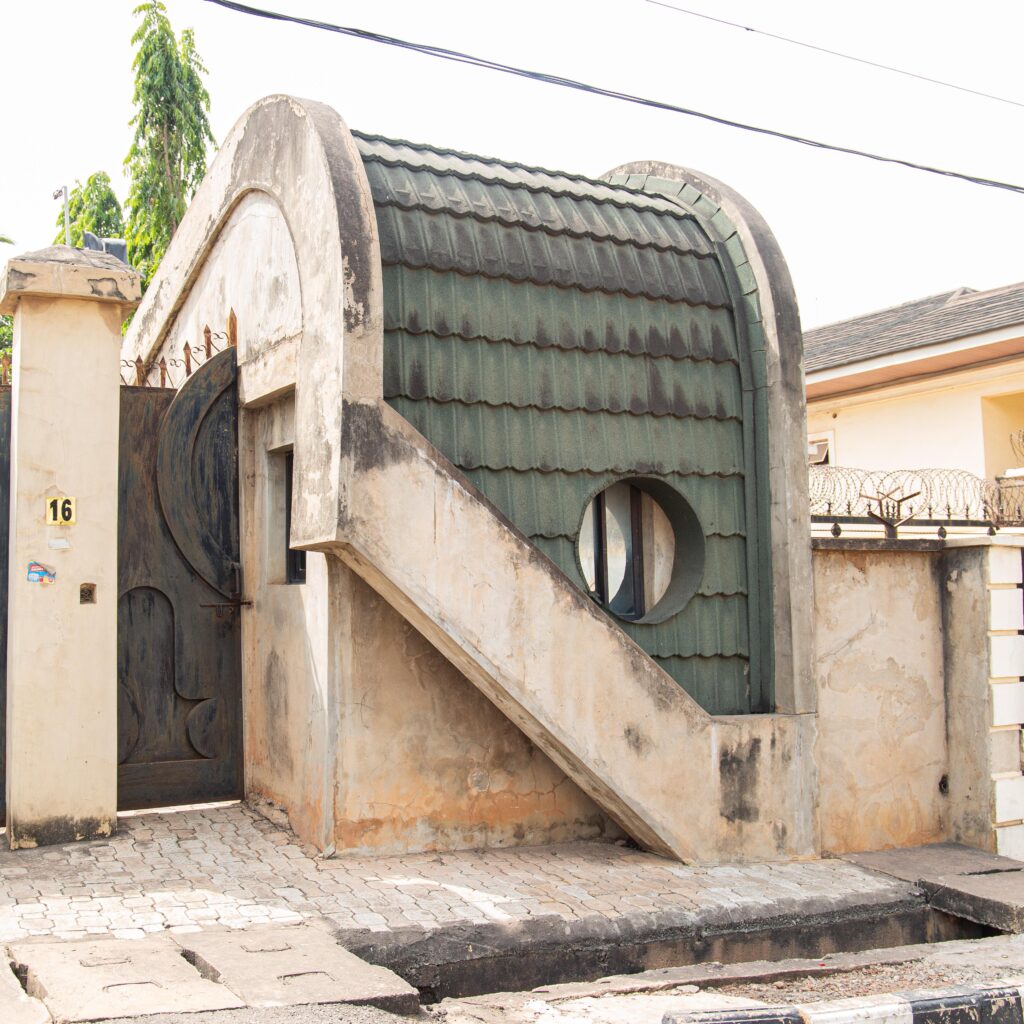
Ekpere Ji Ji: Traces of Delight in 1990s South-East Nigerian Architecture
Writing and Photography by Immaculata Abba
April 2022 | GIDA Journal Vol. I
In 1992, my father renovated the thatched mud huts of his childhood compound in Nsukka into a bungalow. The bungalow’s form was modelled around the pre-existing structures such that the kitchen remained outside, joined to the main house by a short corridor. Likewise, the living room opened out to the Obi, a historically male domain in Igbo residential architecture where key family decisions were made and visitors entertained. Two things stand out in my memory of that house: the intricate engravings on the wooden door that opened the house into the Obi; and the two big circle cut-outs, one on either wall of the Obi entrance.
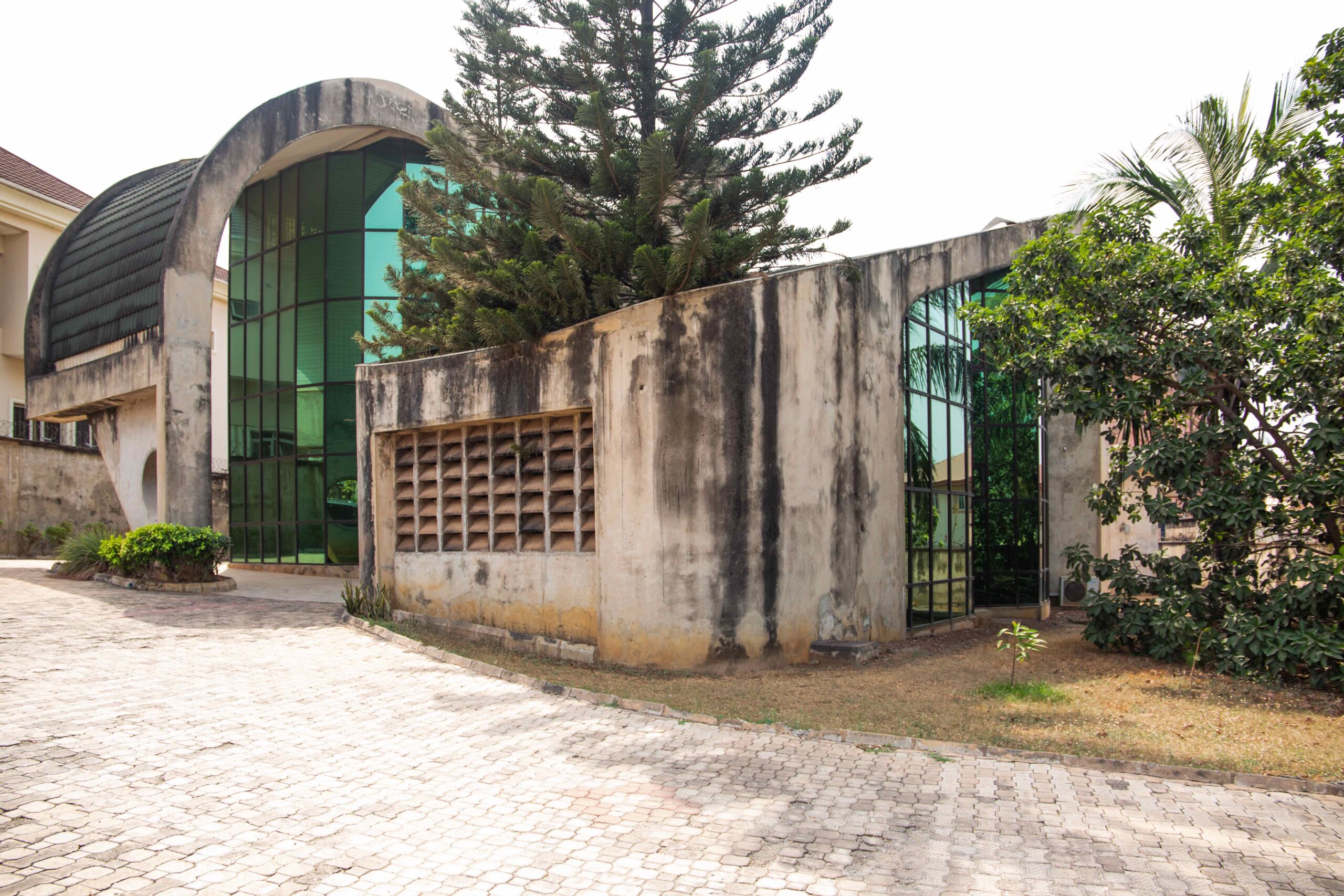
Almost three decades since my father’s renovation, these shapes continue to inspire my curiosity. After travelling abroad and to other parts of Nigeria for school, I returned home to Enugu desperate to know two things: How has Nigeria’s socio-economic history (through colonisation, the Civil War, military rule and the structural adjustment programs) written itself on the material body of the South-East? What aesthetic trends and patterns can we trace from the living museum that is our streets? Enugu city, in particular, had a charm to it that revealed itself in its built environment with districts that doubled as time capsules. New Haven was of the 80s in the way Zoo Estate is of the 2010s. Founded through coal settlements at the onset of British colonialism, Enugu became a capital city for Igbo people.
Eventually, it would be designated the Biafran capital during the Civil War. On the surface, it is a city marked by religiosity, economic inequality (much like all capitals) and a rich palette of reds: red Isi Agu, the men’s red cap, the red earth from which mud huts were made, the red soil which now indiscriminately colonises the exterior of any and every building. These similarities gave way to others, and soon more patterns and likeness revealed themselves to me in facades, roofs, gates, building materials, fluctuating window sizes and the like. My research 'Dusty Hill Drive' began as a testament to the visual language of the landscape, an effort to capture and explore our overlooked architectural heritage.
Geometric aesthetics, likely a remnant of the 1990s, appears throughout Enugu, from the interior details of my (grand)father's bungalow to the cuboid columns of a commercial building on Chime Avenue . The 1990s was the decade in which the children of the cataclysmic Nigeria-Biafra war (1967-1970) came of age, children like my father and architects of his generation. One of such architects is Architect Odoh who told me they had a slang (ekpere ji ji) back in his days at the University of Nigeria Nsukka (UNN) that embodied their belief that design must also be ‘exciting’, should make room for indulging ones fancy. This distinctive approach that insisted on feeling as a necessary function was soon supplanted by the teachings of lecturers returning with degrees from the US, Switzerland and Russia who emphasised the utilitarian purpose of architecture above aesthetic concerns. But from what I see, the spirit of ekpere ji ji lives on in our architectural heritage in Enugu today.
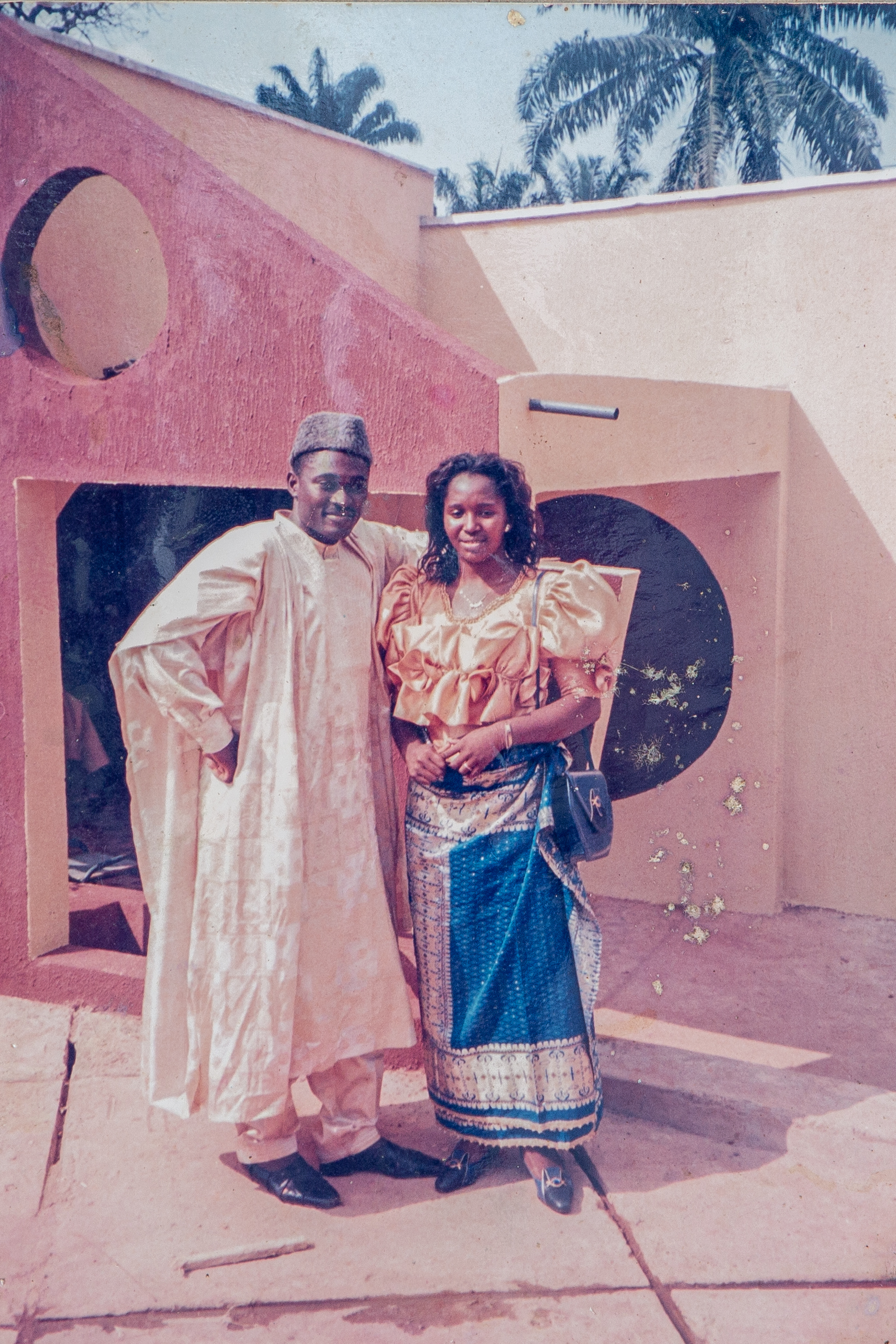
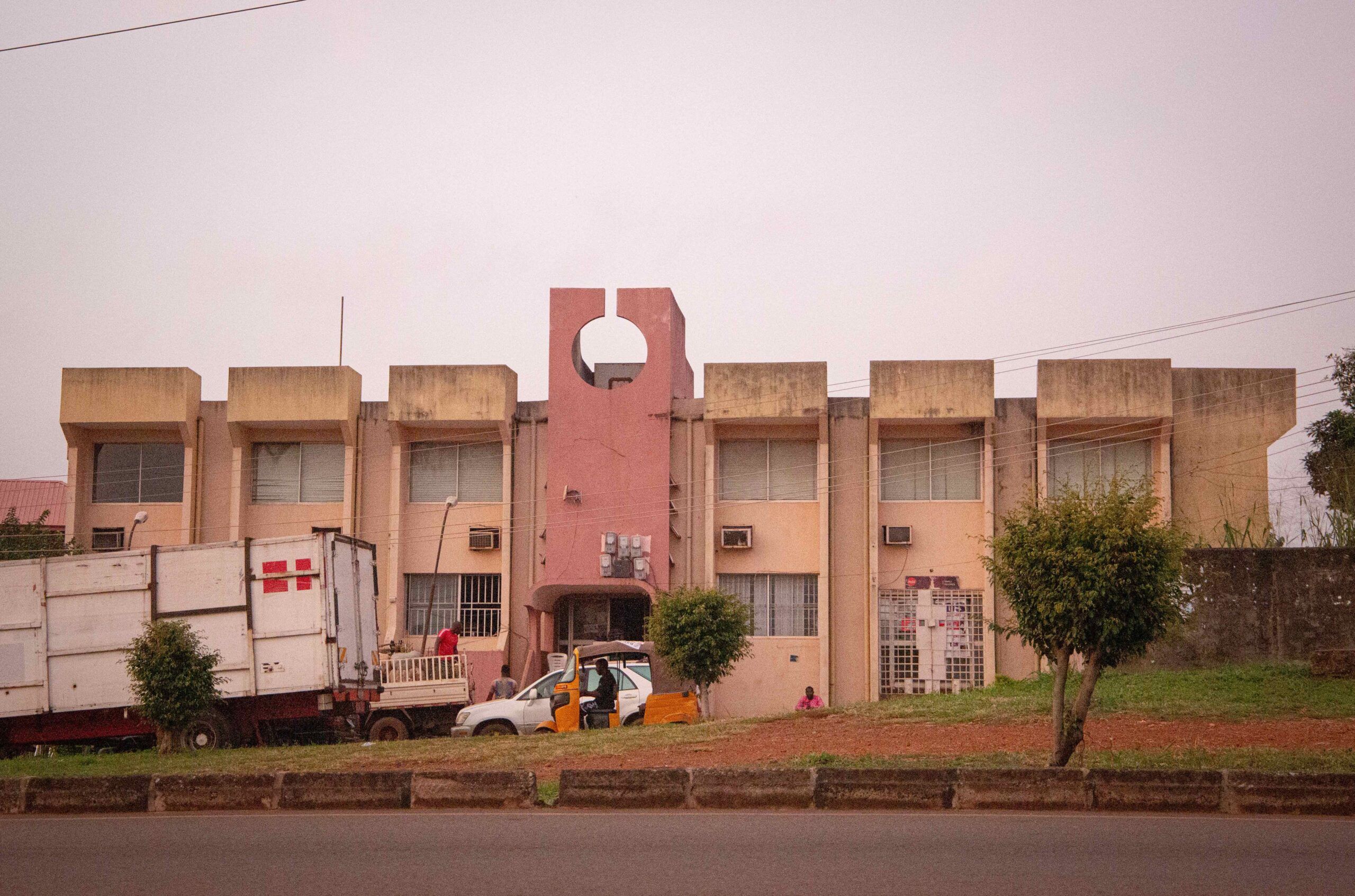
Yes, in the 1990s, the Nigerian people and economy were battered in the hands of military dictators. Yet, as we know, no hegemony is total and so new graduates like my father were finding ways to pull their families out of poverty and into new homes. I imagine that other men and women like my father who had some wealth to spare, sought out those architects who were excited to yield to the delight of ekpere ji ji. Why construct a flat wall when you can sculpt shapes within it? And so here we have a gateman’s house built like a cubist sculpture and a Faculty of Arts building that represents the faculty of imagination which the school stands for.
The answer to this question – why construct a flat wall? – pulls us back into the realities of post-colonial design where money talks. Circles and triangles are costly to sculpt, while cement blocks are mass moulded in rectangles. The curves that accent the roof of the Zoo Estate house had to be made with concrete instead of cement, requiring several attempts and thus, a certain determination and financial capacity. As the economy struggled, these instances of geometric style faded from Enugu's buildings. At the end of my conversation with Mr Odoh, he told me, “Yes, trends come and go, as trends do. But architecture thrives in a booming economy and our economy has been on the decline since the 80s. Good quality building materials are no longer affordable.” But fancies live in us all and often are the catalyst alchemising here to there. As we build the future, how can we keep the necessary spirit of ekpere ji ji, a spirit of dazzle and flair insisted upon in shege to the tyranny economic deprivation seeks to exert on us?
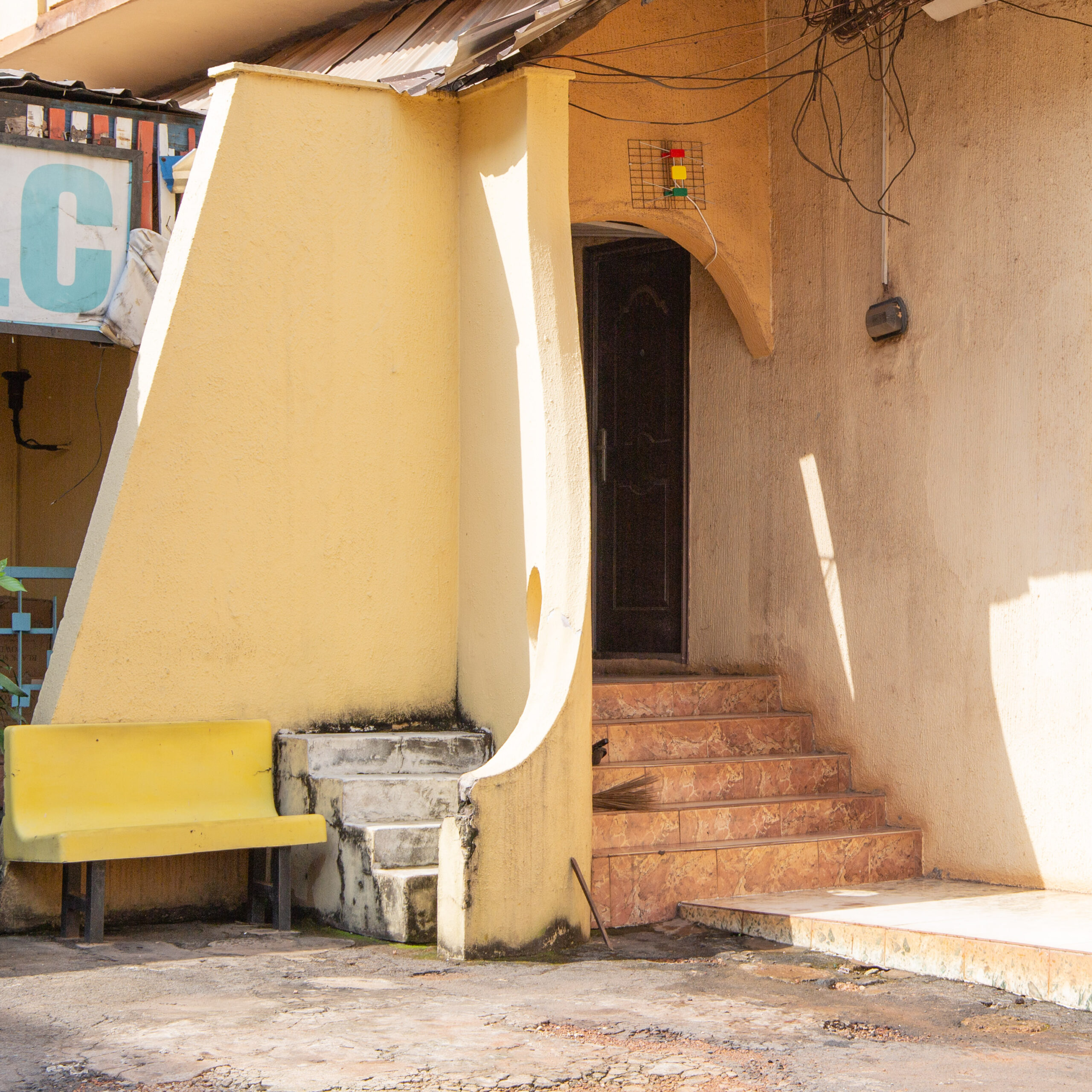
My (grand)father’s 1992 house, like many similar to it, has since been renovated into a duplex that is typical of the 2010s and there are no photos in our family albums of the house that was. This is why my project, Dusty Hill Drive, exists.
GIDA © 2024

